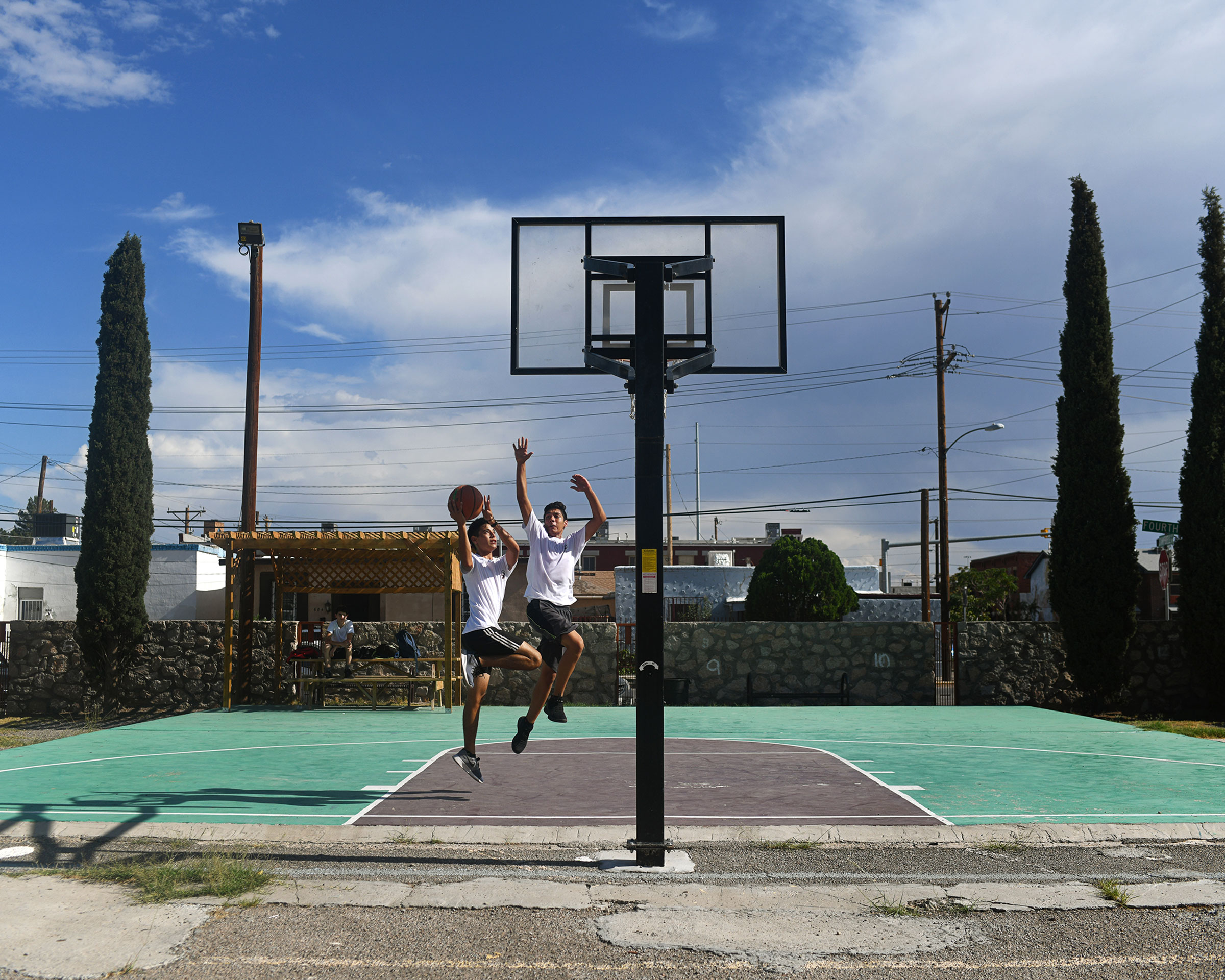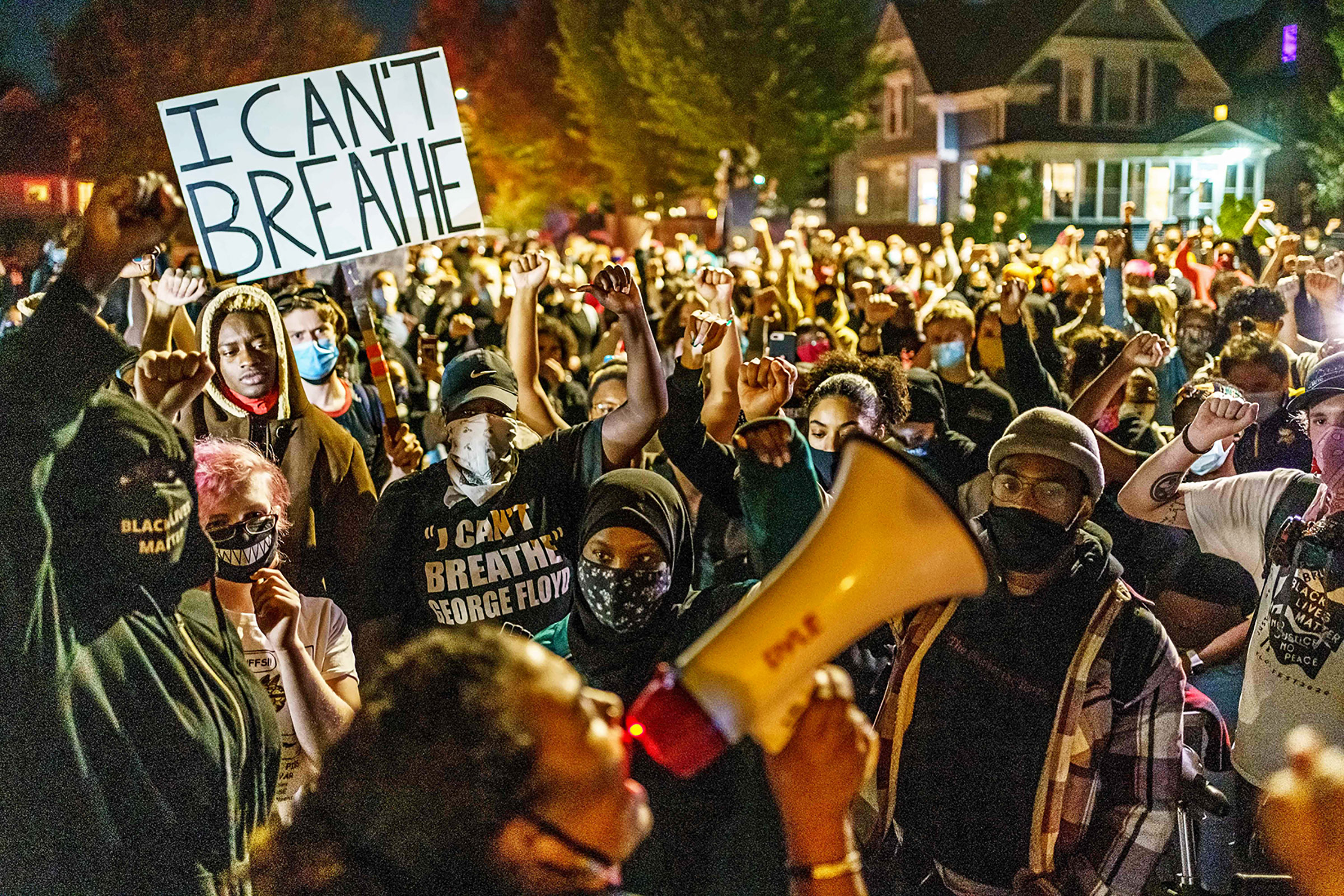The events of the past year—a global health crisis, mass protests against police brutality, a surge in hate crimes—laid bare the vast inequities that have persisted in the U.S. for centuries. Drawing on the expertise of leaders across the country, TIME set out to compile a list of actionable steps that the U.S. could take to usher in an era of true social, political and economic equity.
The root causes of inequities are complex and intertwined; identifying and addressing them involves the near impossible task of chipping away at the sedimentary layers of history and systemic injustice. One certainty: dismantling them will require work on the part of everyone, from political representatives with the power to change policy to business leaders whose decisions inform capitalist society, to citizens, because our behavior shapes our communities.
For recommendations, we consulted with 59 scholars, activists and innovators across a range of fields, seeking out the strongest and most creative actions to align reality in the United States with its founding principles at last. Some of the ideas existed as demands for decades. Some challenge accepted thinking. Activist Ady Barkan and U.S. Assistant Secretary for Health Rachel Levine argue for expanding health care protections to the vulnerable. Leadership expert Dame Vivian Hunt and author Minda Harts call on businesses to diversify their ranks and create workplaces that are supportive for all. Me Too founder Tarana Burke and researcher Brené Brown underscore the importance of instilling empathy in the next generation. The goal is an America that is stronger and safer.
Here are 40 ways to begin the work. (Click each item to read more.) —Mahita Gajanan





- The 100 Most Influential People of 2024
- The Revolution of Yulia Navalnaya
- 6 Compliments That Land Every Time
- What's the Deal With the Bitcoin Halving?
- If You're Dating Right Now, You're Brave: Column
- The AI That Could Heal a Divided Internet
- Fallout Is a Brilliant Model for the Future of Video Game Adaptations
- Want Weekly Recs on What to Watch, Read, and More? Sign Up for Worth Your Time
